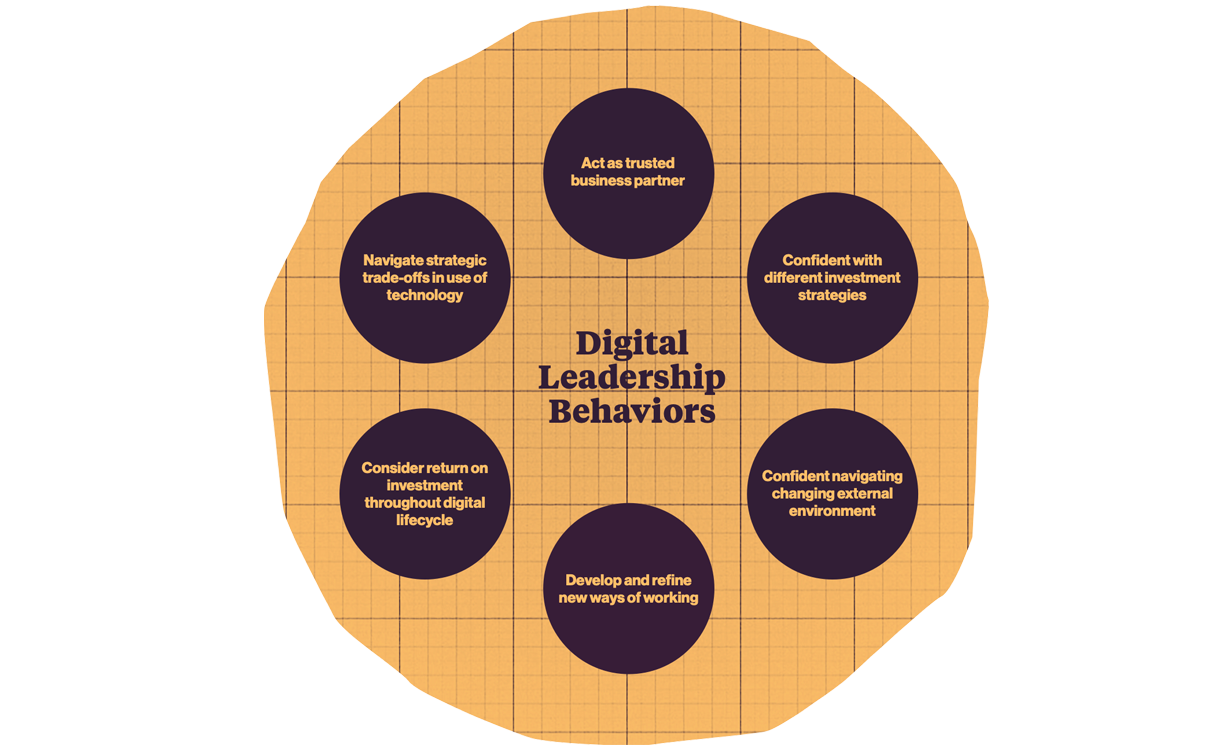Made Next
Digital Leadership in the Arts.
June 16, 2021
Over the last year, arts and cultural organizations and practitioners have had to find new ways to create art, engage audiences, and try to bring in new sources of revenue. Digital channels have been at the heart of maintaining relationships with audiences and donors throughout the pandemic.
Digital expertise has also been at the core of responding to concerns around reopening physical venues — streamlining erstwhile analogue processes around ticket exchanges, ticket delivery, bar and catering orders and much more.
Will things get back to normal in 2021? It's possible to look at the data and see latent healthy demand for arts, entertainment, and cultural activities. It's also impossibly hard to shake the scarred optimism of 2020.
Whatever happens in the next few months, it’s clear to me that as arts and cultural organizations around the world navigate the next months and years, it is those that demonstrate strong digital leadership skills that will be best positioned to succeed.
What do we mean by digital leadership?
Digital leadership is the set of skills, knowledge and behaviors that individuals exhibit to successfully lead the digital activity of an organization. The digital leader doesn’t have to have ‘digital’ in their job title, although as we’ll see below, this can be helpful both to build credibility within an organization and to recruit individuals with the appropriate skills and behaviors.
Some of what makes a good digital leader in an arts or cultural organization is the same as what makes a good digital leader in any kind of business. But there are some key differences between these organizations and other businesses. The primary difference is the requirement to do more with less. Many arts and cultural organizations have an outsize profile and digital presence compared to their operating budgets and staff size. They also generally have a nationally or internationally recognized brand, but necessarily a local audience, who typically have to attend in person to experience the core product. They are at once large, complex organizations, and dynamic small businesses. You are unlikely to be able to pick up a Chief Digital Officer from a FTSE500 company, install them in a leading performing arts organization, and expect them to succeed. The context and challenges are relatively unique.
Similarly, there are a number of leadership skills that we would expect any senior manager or leader within an organization to possess: skills around communication, project management, team management, finance, conflict resolution, etc.
What I want to focus on is skills that are specific to digital leadership.
Digital leadership behaviors
I want to outline six behaviors that I believe are exhibited by digital leaders in arts and cultural organizations. These are based on my experience of working with and in arts and cultural organizations in the UK, US, Canada, and Australia over the past decade, and on conversations I’ve had with many senior leaders and digital leaders in those organizations over that time.
1. Digital leaders are trusted partners in business decisions.
Organizations that support digital leadership have digital specialists in the room as they’re making key business decisions around programming, strategy, marketing, pricing and more. The opposite of this is an organization that decides on a strategy and then directs a digital team to execute the strategy that has been developed.
2. Digital leaders make informed investment decisions based on relative benefits of building, buying or adapting technology.
This is about understanding when it is appropriate to commission custom development, when it is appropriate to use off-the-shelf platforms, and how it might be possible to adapt those to the required purpose.
3. Digital leaders are comfortable navigating the changing external environment, technological capabilities, and internal systems.
A common reason for the failure of digital projects is that the project or transformation was targeting a nowdefunct state in the organization. Perhaps more than any other specialist leaders, digital leaders need to be able to hit a moving target while riding a horse.
4. Digital leaders have established methods for testing and refining new ways of working.
The only constant is change; and digital leaders are used to navigating this change and responding to it dynamically.
5. Digital leaders consider the potential return on investment at all stages of the strategic planning process.
ROI is a core dynamic of digital development in particular, because it can be expensive to make even minor technological changes. Organizations with strong digital leaders see compounding returns from their investments in digital activity, because it is welltargeted, well-measured, and well-presented to the rest of the organization, prompting further investment.
6. Digital leaders are prepared to handle strategic trade-offs in order to make technology work for them.
This can involve coaching others in the organization through process or commercial change in order to realize bigger benefits. When this fails, it is often demonstrated by digital projects that are 90% completed but never fully finished off.
Digital leadership in the arts and cultural sectors is not new, nor is it — of course — wholly absent. There are some incredible leaders doing incredible things to use digital technologies in new, audience-focused ways.
But the common factor across organizations that are struggling to move quickly, or struggling to get digital projects off the ground, or over the line, is often that they lack leaders with the right digital skills, authority, and resources to make strategic change.
Should these skills and behavior sit within one person?
There are clearly ways to make a small group work effectively as digital co-leaders, although it is something I have seen only very rarely. Most of the time, these attributes do exist in a single person, and this is when digital leadership is most successful.
They don’t need to be called a ‘Chief Digital Officer’ or a ‘Director of Digital’, but the focus and clarity this provides about the skills that person has is a useful shortcut to many of the organizational changes required to make a success of digital leadership.
The most successful digital projects I have witnessed in arts and cultural organizations have been led by an obvious digital leader. Most of the time, this person has been a senior manager, and most of the time, this person has ‘digital’ in their job title. There are exceptions to the rule, but generally a digital leader will keep these projects on track by exhibiting many of the behaviors outlined above.
The least successful projects, on the other hand, have usually been shoehorned into a more traditional organizational structure, with responsibility sitting somewhere between marketing and information technology, and if the word ‘digital’ exists in anyone’s job title, it usually sits with some of the most junior members of the team. These people are — without exception, in my experience — skilled, dedicated, inspired, and talented digital specialists. But the nature of their role in the organization means that they do not have the authority or resources to effectively deliver on the organization’s digital strategy as it might be conceived by the executive team.
Conclusion: improving digital leadership
Improving the quality of digital leadership requires efforts at both an organizational and individual level.
For organizations: consider whether you have a formal or informal digital leader in your organization. If it’s an informal role, or you don’t have one at all, think about how you can best structure your team to deliver digital leadership in the future. Who will be the person with the skills, authority, and resources to lead digital change? How will they be supported to develop their skills and develop the organization’s capacity for digital development?
For individuals: consider how you develop your leadership behaviors as described above. Where will you go for support as you look to develop these skills? What help do you need from your organization to develop capacity and authority? Where do you look to for examples of digital leadership behaviors?
This article is taken from Made Next, a new newsletter from Made Media looking at emerging and future trends at the intersection of digital technology and the world of arts and culture.
Subscribe to Made Next and get future editions sent directly to your inbox.
Subscribe to the
newsletter
Sign up now to our utterly private, spam-free and occasionally insightful newsletter.





